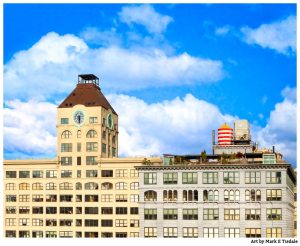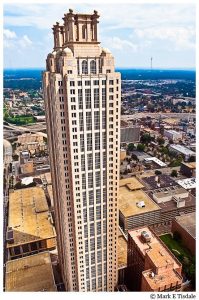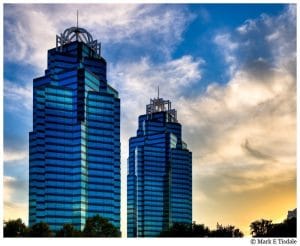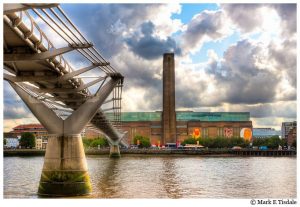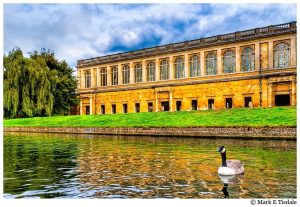Karnak Temple Prints
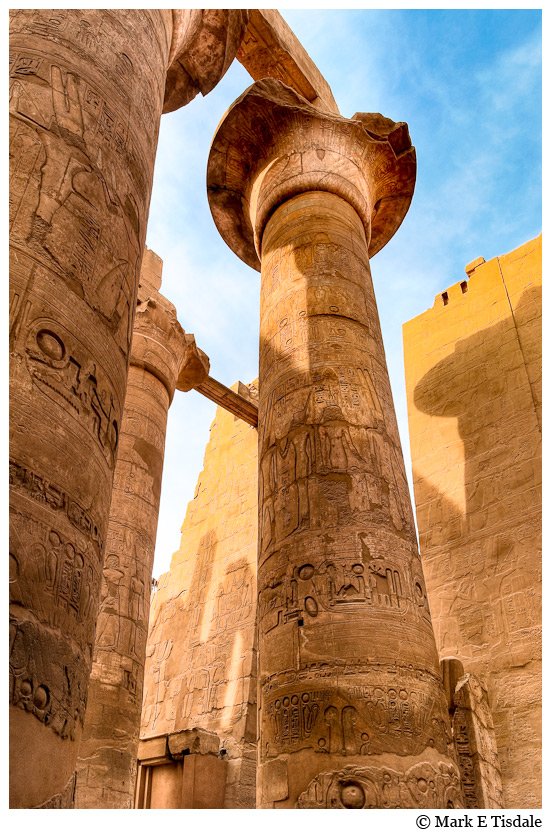
Karnak Temple was the last of the ancient temple ruins we visited on our tour of Egypt. It was definitely the largest complex we visited, although I’d be torn to pick a best. We were told that the Nile had flooded these temples and knocked down most of the columns and walls. What we see today is the result of close to a 100 years of restoration (and correct me if I’m wrong, principally French assisted). But righting these columns and walls has also given a lot of insight into what the construction process on these ancient temples was like. This column, for instance is one of 134 eighty foot columns that once supported the roof of the Great Hypostyle Hall in the precinct of Amun-Re. If you look closely, you can see it’s not all one piece, but made up of many disks. It’s believed that the ancients laid a row of these disks, built up the earth around it, added another and repeated this process until the reached the top. After which, they cleared the earthen mound that had formed to reveal the completed columns. Of course, knowing the “secret” to the construction doesn’t diminish the grandeur of this old temple!
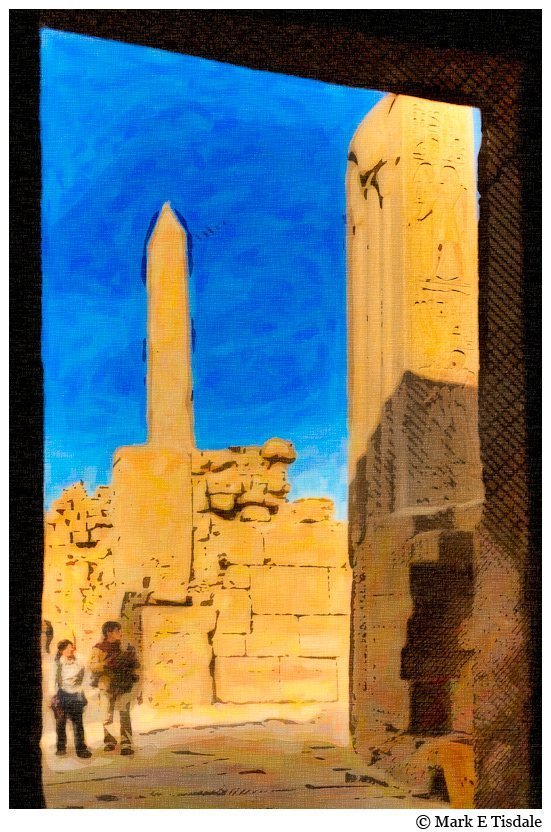
This photo was taken from within a small temple looking out the doorway at a lovely obelisk and the reconstructed rubble around it. There’s something about the dark shadows and the stark divisions between that and the golden light that really called to me. The Obelisk itself is historic, in honor of an ancient female pharaoh of Egypt. Hatshepsut represented something of a golden moment in the history but was also perhaps embarrassing to later male pharaohs. There’s evidence of an attempt to literally erase her from the physical record but it wasn’t a thorough attempt and there were objects that survived to tell us her story today.

These rams were the apparent victims of changing fashions. It’s believed the once lined an avenue, possibly between Karnak and Thebes. They were found buried away within the ruins of Karnak, socked away and disused. Goes to show that people have always been fashion conscious. As much work as apparently went into these statues, their time too came. This is why they are in such good shape today! It didn’t hurt that they and the wall behind them were being bathed in such pretty morning light when we saw them!
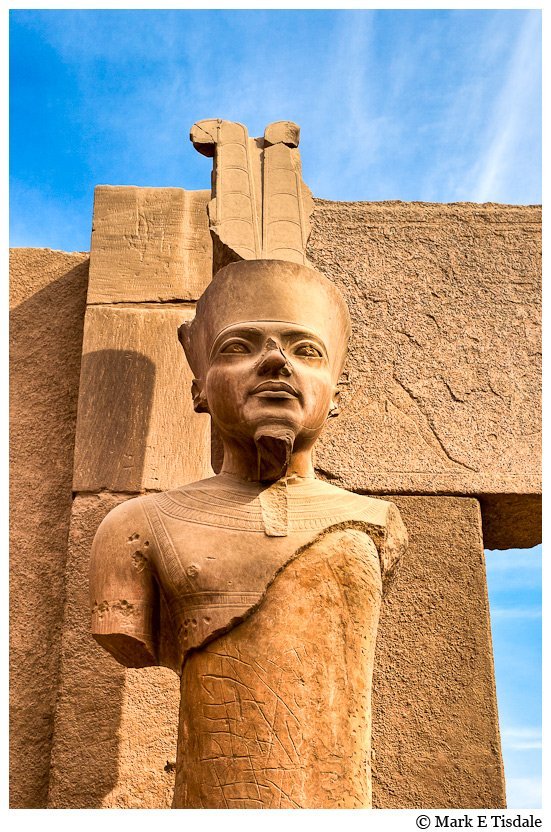
One final detail shot from Karnak, this wonderful bit of statuary an an ancient Pharaoh. I’m fairly certain we were told this was likely Ramses II. I also know that we were told that many of the statues of the Pharaohs were re-used. In a generation or two, the cartouche of the previous pharaoh would be wiped away and replaced with a new one. Sometimes archaeologists are able to discover who it was originally carved for through examination. Other times the best we can tell is the last pharaoh to be honored with a given statue. This one has obviously been damaged. Even so, enough details survive to impress us with the work of the ancient Egyptian sculptor.
For more prints from Egypt, please check out my Egypt Gallery.



